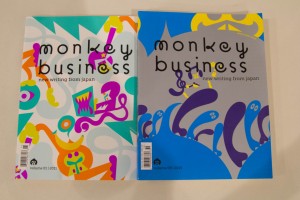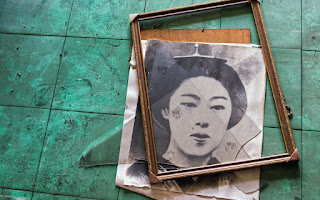Want to satisfy your Murakami and manga cravings? Check out Monkey Business Japan Foundation, Manila hosts a forum on the new literary journal, with contributing editor Roland Kelts and artist Satoshi Kitamura talking about what makes Japanese literature and popular culture click HARUKI Murakami and Banana Yoshimoto are familiar names in Japanese contemporary writing to Filipinos and the West, more familiar perhaps to the younger generations nowadays than, say, the modern writers such as Yukio Mishima, Jun’ichiro Tanizaki, Kobo Abe, Shohei Ooka, Shusaku Endo and the Nobel laureates Yasunari Kawabata and Kenzaburo Oe. Older lovers and readers of Japanese fiction and literature may say Filipinos should read the modern writers more (Ooka, for one, wrote the celebrated “Fires on the Plain,” about Japanese soldiers in the Visayas during the Second World War; and Endo, who wrote the novel “Silence,” which no less than Martin Scorsese himself is adapting into a movie, tackled ov...




